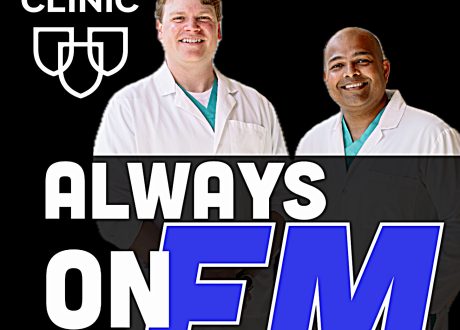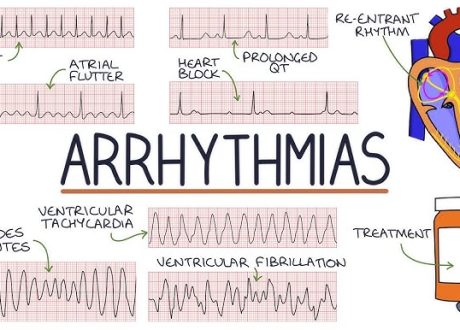Adam Reuben MB ChB , Andrew Appelboam MBBS , Kara N. Stevens PhD , Jane Vickery PhD , Paul Ewings PhD , Wendy Ingram PhD , Alison N. Jeffery PhD , Richard Body PhD , Malcolm Hilton BM BCh , Jason Coppell MBBS , Brian Wainman and Andy Barton PhD
Annals of Emergency Medicine, Copyright © 2020 American College of Emergency Physicians
Study objective
Epistaxis is a common emergency department (ED) presentation and, if simple first aid measures fail, can lead to a need for anterior nasal packing. Tranexamic acid is an agent that contributes to blood clot stability. The aim of this study is to investigate the effectiveness of topical intranasal tranexamic acid in adult patients presenting to the ED with persistent epistaxis, and whether it reduces the need for anterior nasal packing.
Methods
From May 5, 2017, to March 31, 2019, a double-blind, placebo-controlled, multicenter, 1:1, randomized controlled trial was conducted across 26 EDs in the United Kingdom. Participants with spontaneous epistaxis, persisting after simple first aid and the application of a topical vasoconstrictor, were randomly allocated to receive topical tranexamic acid or placebo. The primary outcome was the need for anterior nasal packing of any kind during the index ED attendance. Secondary outcome measures included hospital admission, need for blood transfusion, recurrent epistaxis, and any thrombotic events requiring any hospital reattendance within 1 week.
Results
The study sample consisted of 496 participants with spontaneous epistaxis, persisting after simple first aid and application of a topical vasoconstrictor. In total, 211 participants (42.5%) received anterior nasal packing during the index ED attendance, including 111 of 254 (43.7%) in the tranexamic acid group versus 100 of 242 (41.3%) in the placebo group. The difference was not statistically significant (odds ratio 1.107; 95% confidence interval 0.769 to 1.594; P =.59). Furthermore, there were no statistically significant differences between tranexamic acid and placebo for any of the secondary outcome measures.
Conclusion
In patients presenting to an ED with atraumatic epistaxis that is uncontrolled with simple first aid measures, topical tranexamic acid applied in the bleeding nostril on a cotton wool dental roll is no more effective than placebo at controlling bleeding and reducing the need for anterior nasal packing.










